<<Previous Post Next Post>>
August 26th & 27th
As advised by the numerous road signs when entering Aboriginal Land, we used all of our regular gasoline as only Opal fuel is permitted within Aboriginal reserves. This was an effort to combat the sweeping addiction to gasoline sniffing, as Opal fuel is less volatile and therefore less fragrant providing a less addictive alternative. People wishing to complete this stretch of road are recommended to carry extra fuel, which enclosed in bright red jerry cans attract potential thieves; as a result travelers are urged to lock their reserve fuel cans.
August 26th & 27th
As advised by the numerous road signs when entering Aboriginal Land, we used all of our regular gasoline as only Opal fuel is permitted within Aboriginal reserves. This was an effort to combat the sweeping addiction to gasoline sniffing, as Opal fuel is less volatile and therefore less fragrant providing a less addictive alternative. People wishing to complete this stretch of road are recommended to carry extra fuel, which enclosed in bright red jerry cans attract potential thieves; as a result travelers are urged to lock their reserve fuel cans.
We continued west towards what seemed a never-ending road into the horizon.
A region so desolate that broken down cars are left abandoned in the ditch, dozens of which were flipped and stripped.
The degraded road is punishing on any vehicle, making it understandable why so many Aboriginals prefer abandoning their cars rather than having it towed hundreds of kilometers .
Bertha was no exception, having come down with a flat tire and sustaining some major damage to a headlight due to an incoming rock.
After changing Bertha’s tire, we set up camp which included a nice fire to warm up the cold desert night.
With the hopes of ending the day on paved roads, we filled up with fuel, which by norm in Aboriginal reserves is kept in permanently locked cages.
We were told road conditions would improve in the kilometers ahead, and indeed it did, where a stretch of tarmac gave way to a full-blown airstrip. This is used by the Royal Flying Doctors Service in case of an emergency where urgent medical care is required.
Although many road signs warned for wildlife such as camels and kangaroos, the only animal we found was a dead, dried-up camel. We approached reluctantly, but fortunately, all that remained was skin turned to leather and bones.
One thousand and two hundred kilometers later we reached the comfort of smooth, paved roads and were delighted to encounter a few animals. As per Australian custom, there were road signs warning drivers of the possibility of wild eagles. We spotted many of these enormous birds having a peck at a recently deceased kangaroo.
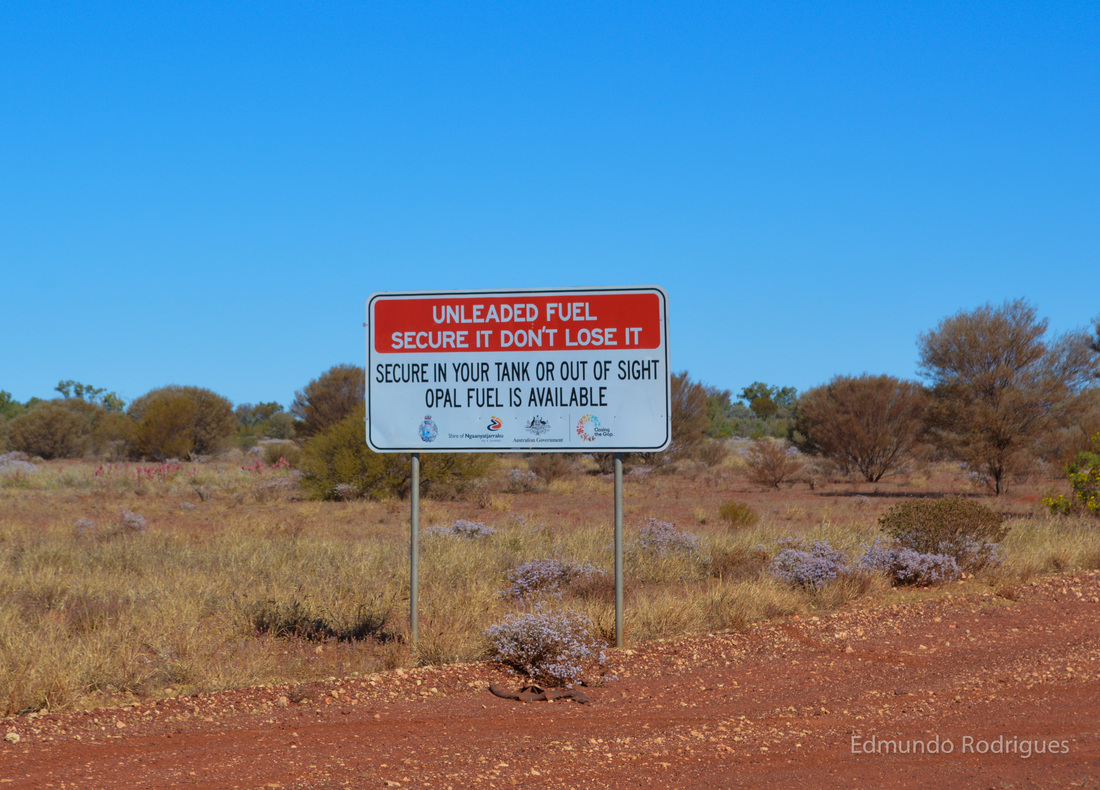
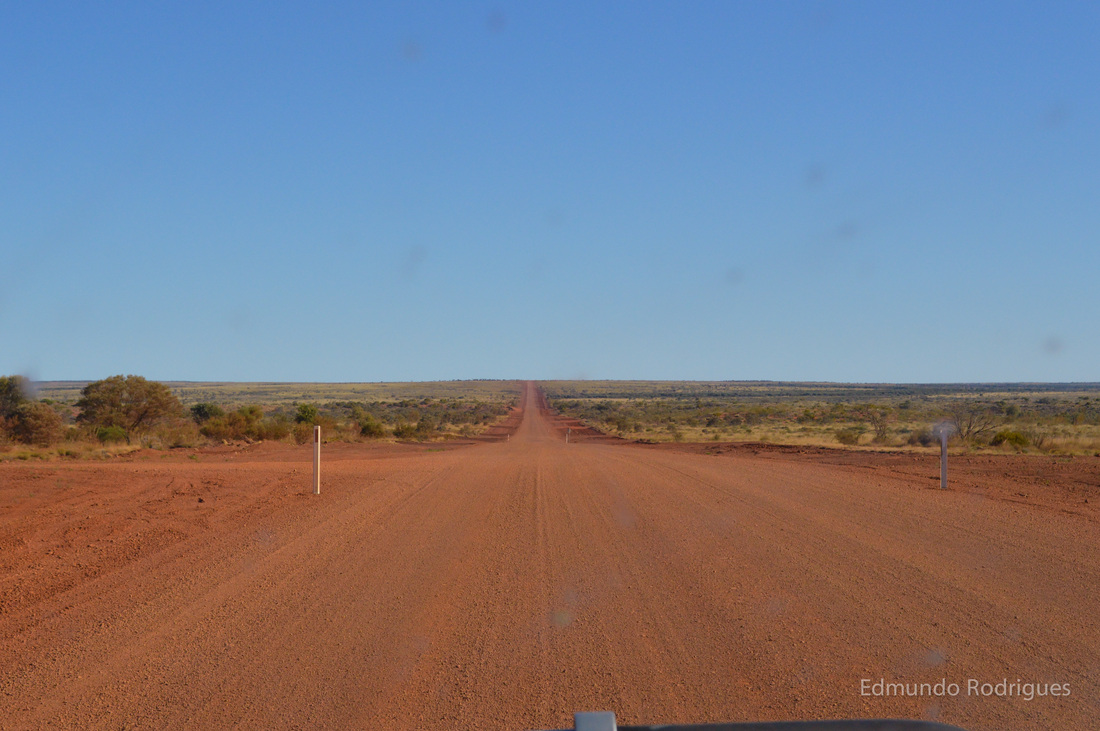
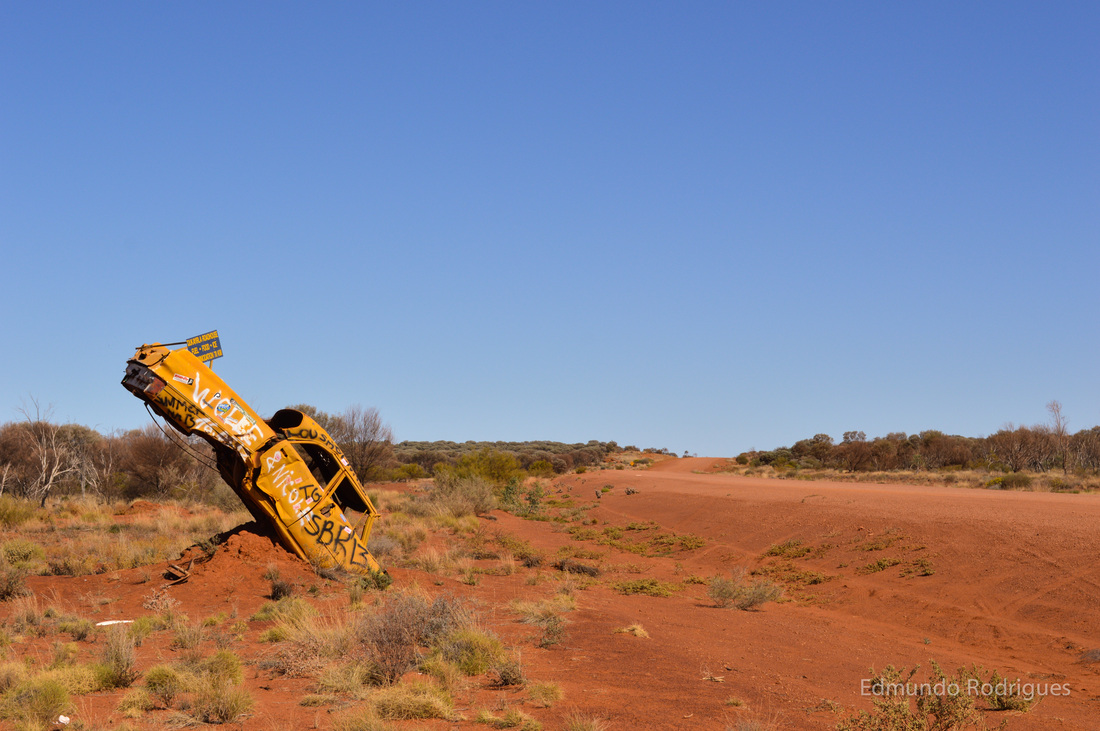
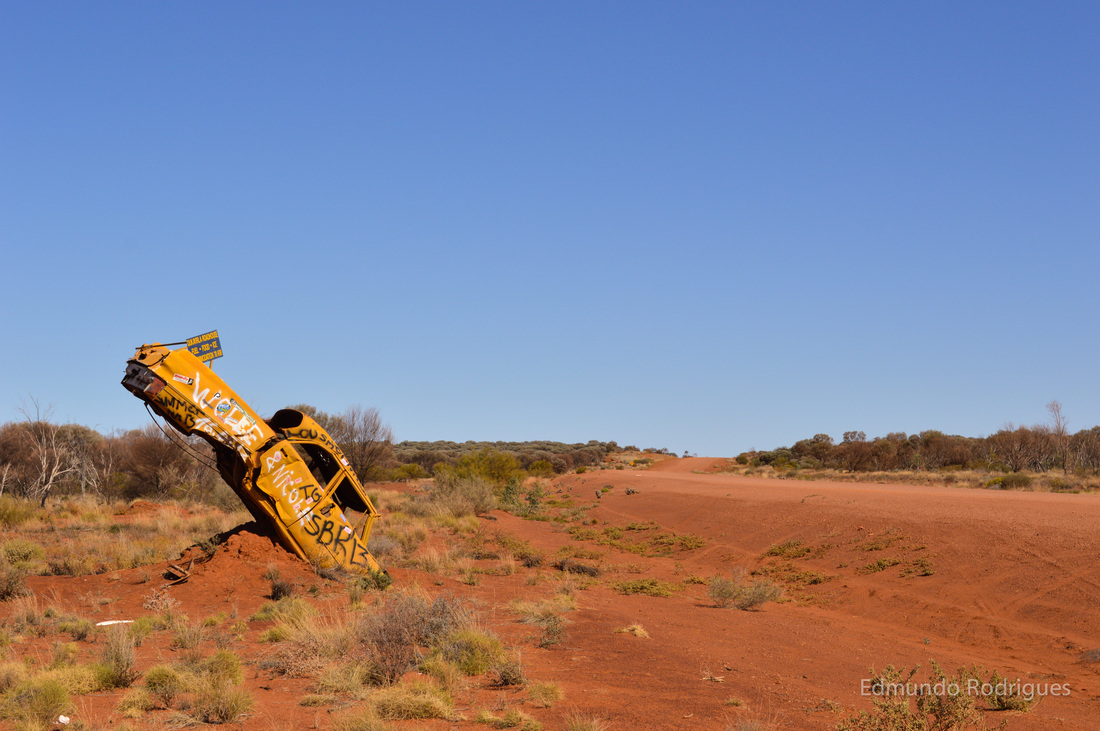
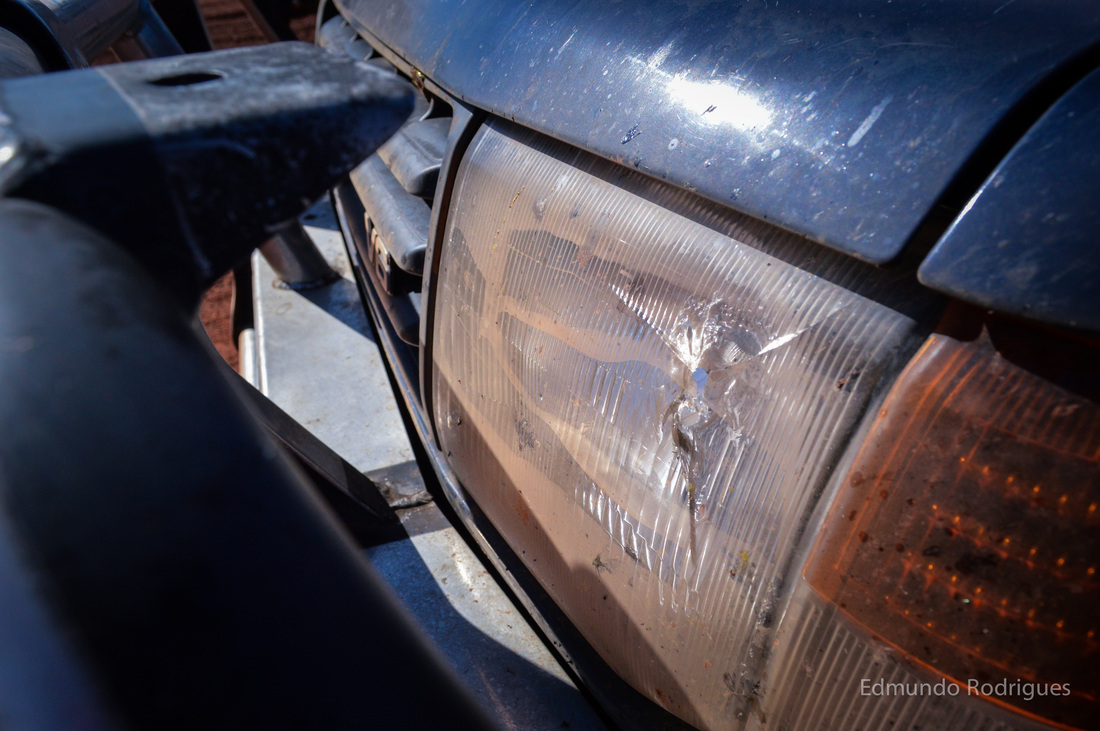
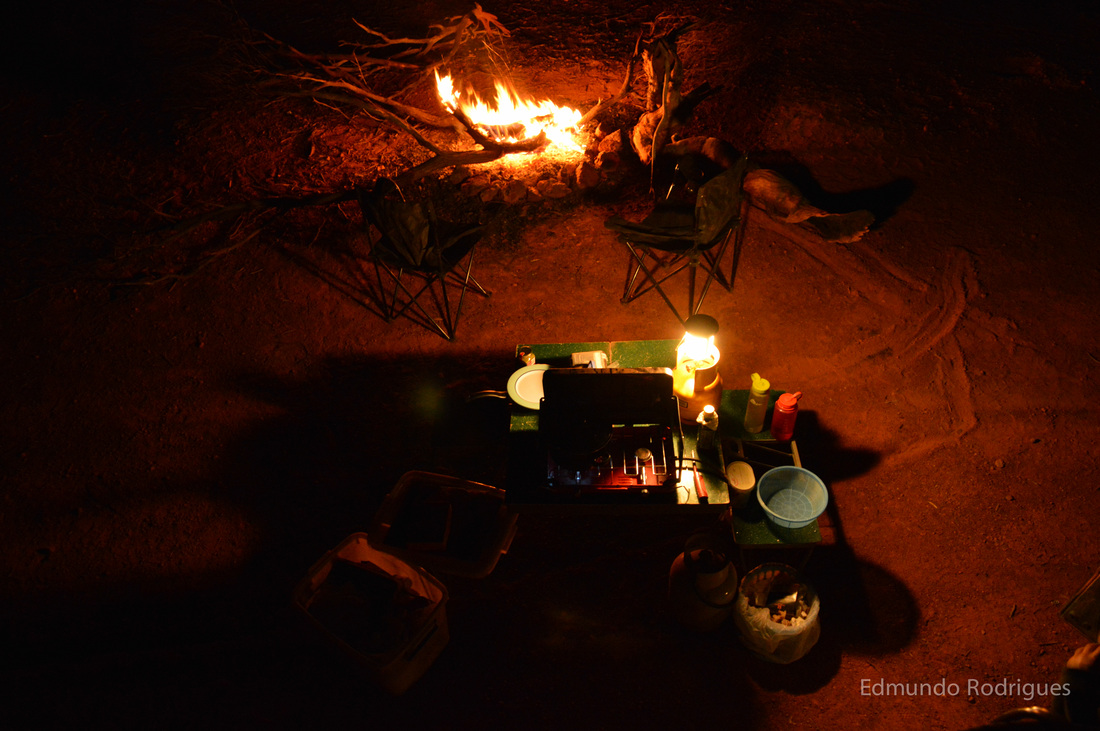
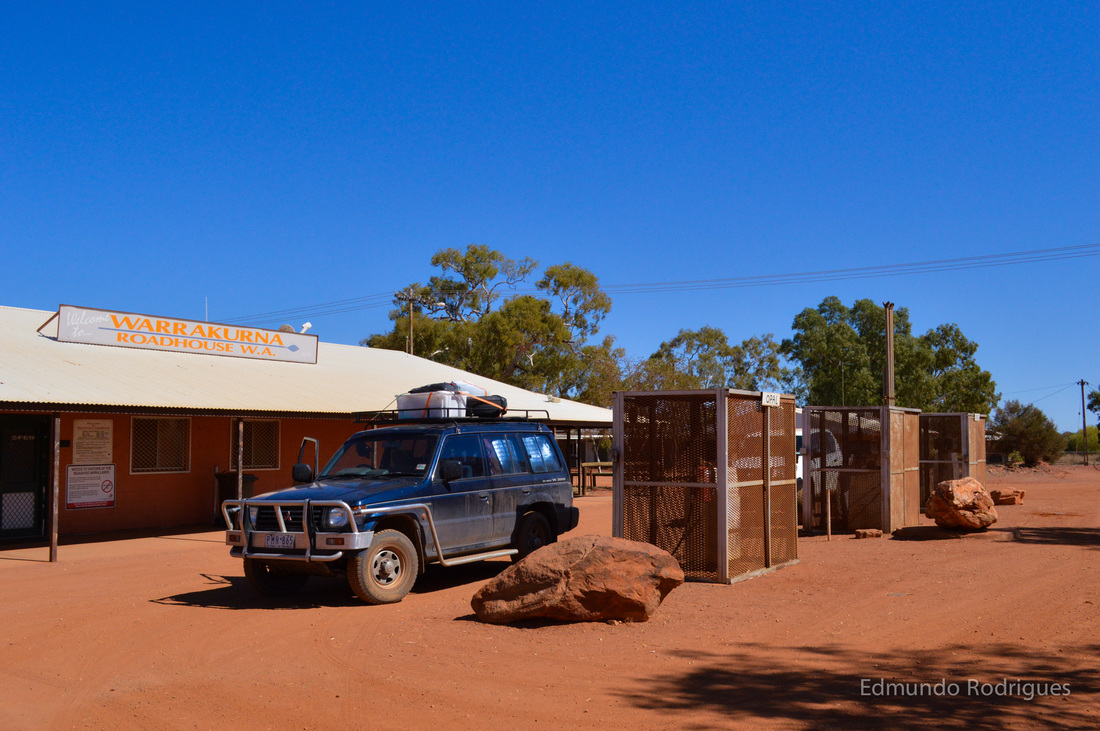
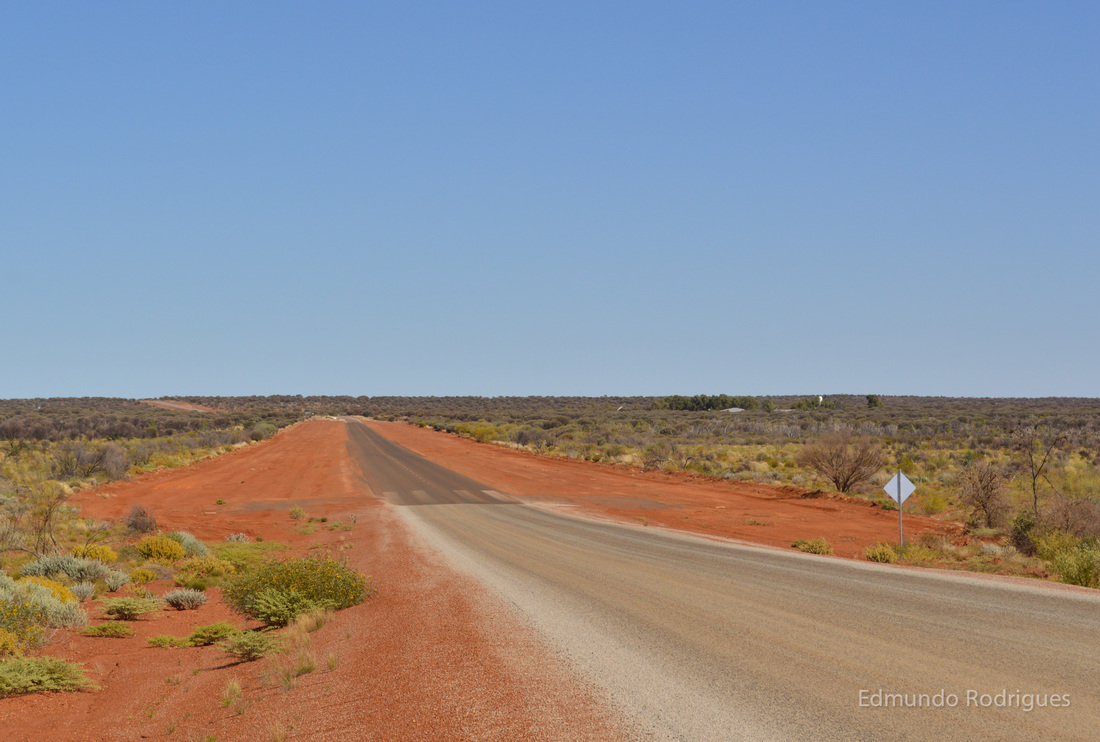
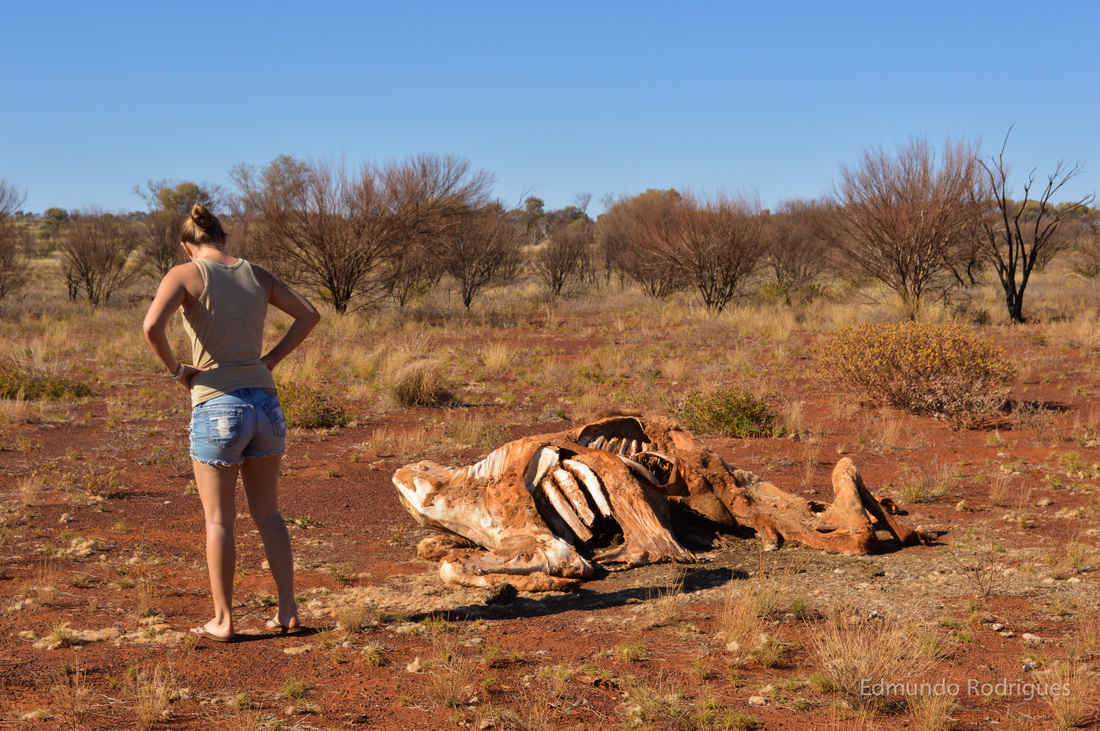
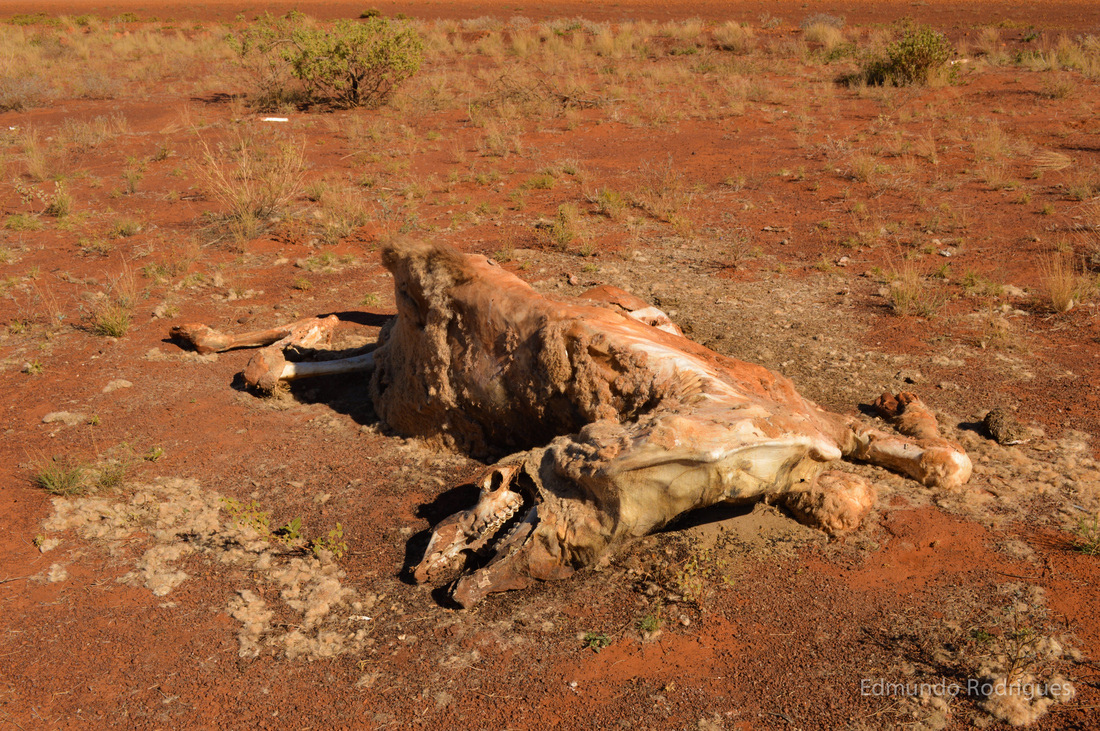
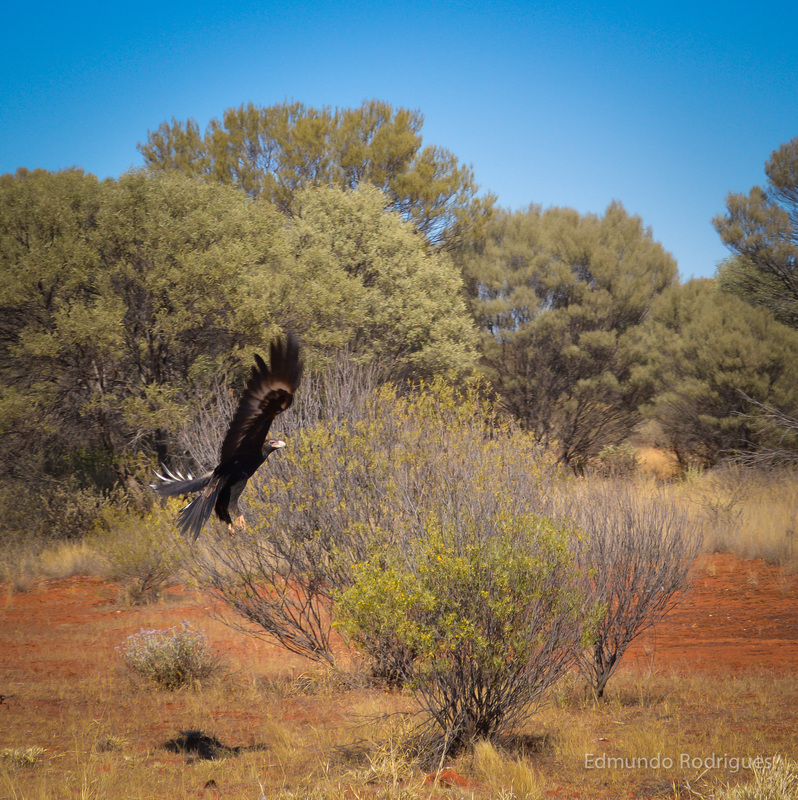

 RSS Feed
RSS Feed
